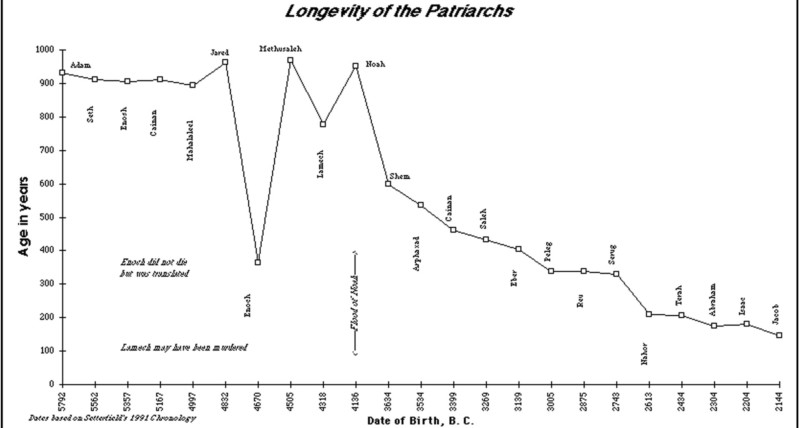Sleep disturbance, disorientation, hormonal dysregulation, brain fog, memory loss, hypoglycemia, toxicity, temperature dysregulation, depression, “thick blood”, IBS, decreased pain thresholds, fatigue and phosphate and calcium accumulation – all of these can be related to decreased melatonin production, which is the result of pineal calcification.
Knock out the Pineal it knocks out the Hypothalamus Hypothalamus
The hypothalamus, a collection of specialized cells that is located in the lower central part of the brain, is the main link between the endocrine and nervous systems. Nerve cells in the hypothalamus control the pituitary gland by producing chemicals that either stimulate or suppress hormone secretions from the pituitary.
The hypothalamus is the crucial part of the brain that regulates homeostasis throughout the body. It governs the endocrine and autonomic nervous systems, temperature, heart rate, emotional and motivational states, reproduction, energy and water balances, and circadian rhythms.
Knock out the hypothalamus it knocks out the pituitary
- Although it is no bigger than a pea, the pituitary gland, located at the base of the brain just beneath the hypothalamus, is considered the most important part of the endocrine system. It’s often called the “master gland” because it makes hormones that control several other endocrine glands. The production and secretion of pituitary hormones can be influenced by factors such as emotions and changes in the seasons. To accomplish this, the hypothalamus provides information sensed by the brain (such as environmental temperature, light exposure patterns, and feelings) to the pituitary.
The tiny pituitary is divided into two parts: the anterior lobe and the posterior lobe. The anterior lobe regulates the activity of the thyroid, adrenals, and reproductive glands. The anterior lobe produces hormones such as:
- growth hormone, which stimulates the growth of bone and other body tissues and plays a role in the body’s handling of nutrients and minerals
- prolactin, which activates milk production in women who are breastfeeding
- thyrotropin, which stimulates the thyroid gland to produce thyroid hormones
- corticotropin, which stimulates the adrenal gland to produce certain hormones
The pituitary also secretes endorphins, chemicals that act on the nervous system and reduce feelings of pain. In addition, the pituitary secretes hormones that signal the reproductive organs to make sex hormones. The pituitary gland also controls ovulation and the menstrual cycle in women.
The posterior lobe of the pituitary releases antidiuretic hormone, which helps control the balance of water in the body. The posterior lobe also produces oxytocin, which triggers the contractions of the uterus in a woman having a baby.
END GAME
A total of 20 glands from human subjects ranging in age from 15 to 68 years were studied. Micro-crystals were found in every gland.
Human Growth Hormone – Calcification of the pineal gland, and the resultant sleep disturbance, means we don’t get the deep sleep that is necessary for the production of Human Growth Hormone, a hormone needed to repair muscles.
Hyperphosphatemia is an increased concentration of inorganic phosphates in the blood serum.
Melatonin, Fatigue, and Phosphate Retention
Ironically, melatonin is itself involved in the regulation of calcium and phosphorous metabolism by stimulating the parathyroid and inhibiting calcitonin release and prostaglandin synthesis.
As well as contributing to fatigue by disrupting the sleep cycle, decreased melatonin further contributes to fatigue due to its role in the ATP cycle, the energy producing cycle that happens within the cells. Lower melatonin results in more difficulty incorporating phosphorous into the ATP cycle, with the result that there is less energy produced and the phosphorous becomes incorporated into calcium pyrophosphate.
Thus reduced melatonin caused by pineal calcification is a mechanism for phosphate and calcium retention. The cells begin to calcify and then die. In time organs, such as the pineal gland, calcify, thereby reducing melatonin production further, in turn increasing the phosphorous and calcium accumulation and calcification process. This increases all the symptoms, both from further decreased melatonin and from increased calcification of the organs. The self-perpetuating, downward spiral is complete–you calcify to death!
Melatonin and Insulin Regulation
Research on the role melatonin plays on insulin regulation is in its early stages. There are a number of animal studies, indicating melatonin impacts on insulin sensitivity.
Studies in humans indicate decreased production of melatonin by the pineal gland may increase insulin levels.
Corpora arenacea (or brain sand) are calcified structures in the pineal gland and other areas of the brain such as the choroid plexus. Older organisms have numerous corpora arenacea.
Chemical analysis shows that they are composed of calcium phosphate, calcium carbonate, magnesium phosphate, fluoride, lead, and ammonium phosphate. Recently, calcite deposits have been described as well. Concentrations of “brain sand” are said to increase with age. All these inorganic minerals are laced in staples and/or used in fertilizers and farming!!!
Pineal calcification is so widely accepted that it is almost considered a natural consequence of aging.
Calcium hydroxide and carbonate, phosphate, and fluoride are all used in farming! Phosphorite is the name given to impure, massive apatite. Rock phosphorite is a non- renewable fertilizer ore. Cadmium and lead are in phosphorite rocks and phosphate fertilizers.
Apatite is a group of phosphate minerals, usually referring to hydroxylapatite, fluorapatite, and chlorapatite.
Apatite’s provide a mechanism for in-situ remediation of (Pb)lead-contaminated sites, by supplying phosphate which combines with dissolved lead (Pb) to form highly insoluble pyromorphite.
Lead Use: Dyeing and printing cottons; weighting silks; manuf. lead salts, chrome- yellow; also for various analytical procedures, e.g., detection of sulfide, determination of CrO3, MoO3. Rat poison.
Toxicity: Acute: sweetish metallic taste, burning in mouth, severe thirst, inflammation of the G.I. tract with vomiting and diarrhea. Chronic: anorexia, “lead-line” on gum margin, nausea, vomiting, severe abdominal pain, paralysis, mental confusion, visual disturbances, anemia, convulsions. Lead in the gas, paint, pencils, toys, clothes, fertilizer, etc.
The pineal gland converts a neuronal signal into an endocrine output. It is located close to the anatomical centre of the human brain.
The human pineal gland, in the centre of the brain, has been found to contain large numbers of calcite micro-crystals that “bear a striking resemblance” to calcite crystals found in the inner ear. The ones found in the inner ear have been shown to exhibit the quality of piezoelectricity. If those found in the pineal gland also have this quality then this would provide a means whereby an external electromagnetic field and other frequencies might directly influence the brain.
It is of course entirely possible that other similar phenomena exist elsewhere in the brain and/or other parts of the body.
Given these parameters, it is high possibly the radio frequencies, EMF, mobile phones, VLF, ELF, HAARP, and electromagnetic fields are being used to stimulate calcite micro- crystals for mind control.
Calcium hydroxide and carbonate are magnesium antagonists.
Patients with low intracellular magnesium levels may present with: • weakness • anorexia • hypotension • confusion • hyperirritability • tetany • convulsions • electrocardiographic or electroencephalographic abnormalities.
Ideally there should be a balance between fungi and normal flora. Ordinarily, Candida and other fungi are benign and live in balance with other microbe in the bowel. They become invasive and proliferate when the pH of the body is acidic for extended periods of time.
Candida and other fungi produce a large number of biologically active substances called mycotoxins. These toxins are secreted to serve the fungi by protecting it against viruses, bacteria, and parasites like protozoa, insects, animals and humans. In the human host, these toxins can get into the blood stream and produce an array of central nervous system symptoms such as fatigue, confusion, irritability, mental fogginess, memory loss, depression, dizziness, mood swings, headache, nausea, numbness and symptoms of hypoglycemia. Mycotoxins associated with Candida albicans infestation can produce chronic illness, frequently described as “feeling sick all over.”
Researchers are also finding that human cells fail to grow normally in the laboratory when exposed to trace concentrations of certain pharmaceuticals.
Everyone is Retarded.
I have the antidote: I am awake enough to know what is going on and how to fix it! Glen B. Caulkins




